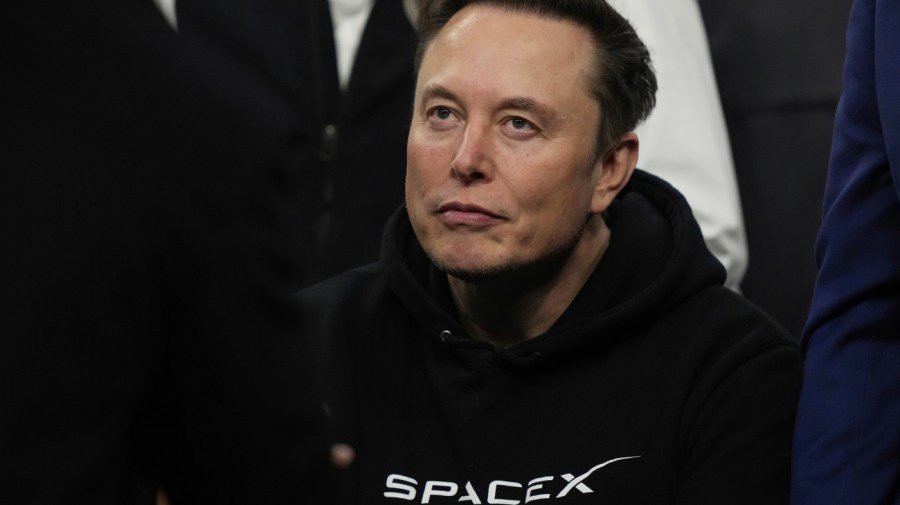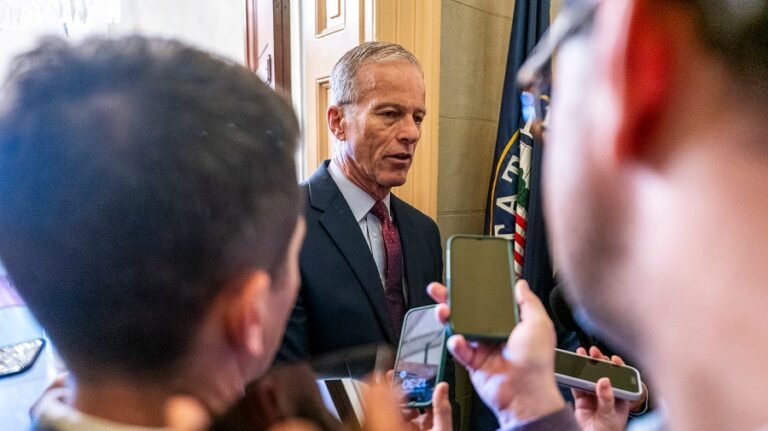
SpaceX CEO Elon Musk has experienced a massive attitude adjustment concerning going back to the moon. Recent posts on X suggests that the space billionaire entrepreneur has started to see value in accessing Earth’s nearest neighbor after all.
Last January, Musk Musk posted, “No, we’re going straight to Mars. The Moon is a distraction.” For Musk, everything was about going to Mars to found a settlement.
Much more recently, he posted, “Starship will build Moonbase Alpha,” referencing a lunar base featured in the late 1970s sci-fi TV series “Space: 1999.”
Musk seems to have changed his position around the time that Acting NASA Administrator Sean Duffy threatened to reopen the Human Landing System contract — the idea being that the SpaceX Starship version was taking too long and new bidders were needed.
In reply Musk issued a number of middle school-style insults attacking Duffy’s intelligence. But he also released a great deal of information about the Starship Human Landing System, adding that SpaceX has submitted a streamlined version that could be made operational sooner.
NASA is currently studying that proposal, among others, including one from Jeff Bezos’s Blue Moon.
Musk has also boasted that, if necessary, SpaceX could build Moonbase Alpha on its own. But that means that he has to find a way to make it profitable, beyond the hitherto mentioned science, resource extraction and soft political power.
Musk has hit upon how to make a lunar base profitable. It involves combining the coming artificial intelligence revolution with space technology.
Musk is musing about using Starlink technology to create AI data centers in space. AI is the next big thing that promises to disrupt technology and the economy. One drawback is that AI data centers require a great deal of power, which is one reason the industry is taking a second look at nuclear power.
Orbiting AI data centers, linked together by laser communications, solves that problem by accessing solar energy 24/7. They would not be reliant on expensive nuclear power.
Musk went one step beyond, using an old idea once advanced by the space visionary Gerard K. O’Neill, author of “The High Frontier.” His space-based AI data centers would initially be built on Earth and launched into space.
“Starship could deliver 100GW/year to high Earth orbit within 4 to 5 years if we can solve the other parts of the equation,” he wrote.
However, regarding the moon, Musk posted, “100TW/year is possible from a lunar base producing solar-powered AI satellites locally and accelerating them to escape velocity with a mass driver.”
A mass driver would use electromagnets to accelerate payloads, like AI satellites, from the lunar surface. Some have suggested using the technology to launch mined lunar materials to space-based manufacturing facilities.
Just as an aside, Musk suggested that his AI satellite constellation could address climate change. “A large solar-powered AI satellite constellation would be able to prevent global warming by making tiny adjustments in how much solar energy reached Earth.” The idea of climate control from space is beguiling but should be approached with care.
Musk also suggests another way to advance computer technology with a lunar base: “Quantum computing is best done in the permanently shadowed craters on the Moon.”
Quantum computing is a new technology that can solve more complex problems much faster than conventional computers using quantum physics. They best operate in super cold conditions, like those that exist in the permanently shadowed craters at the lunar poles.
Musk’s vision of space-based AI data centers and quantum computers is certainly compelling. Will building such facilities in space make economic sense compared to constructing them on Earth? Perhaps it will, considering the drop in launch costs and access to lunar resources.
The political implications are also fascinating. Democratic Socialist Sen. Bernie Sanders (I-Vt.) is already raising the alarm, claiming that AI and robotics will wipe out 100 million jobs. Naturally, Sanders wants to counteract his perceived threat with a “robot tax.”
Goldman-Sachs counters that while the AI revolution, space-based or Earth-based, will cause temporary job displacement, it will ultimately create far more jobs than it destroys.
Sanders is wrong about the potential harmful economic effects of AI. The computer revolution of the 1980s and the rise of the internet of the 1990s were supposed to devastate jobs but ultimately had the opposite effect.
Increases in productivity will benefit everyone. Musk’s idea of creating AI in space makes the prospect even more exciting.
Mark R. Whittington, who writes frequently about space policy, has published a political study of space exploration entitled “Why is It So Hard to Go Back to the Moon?” as well as “The Moon, Mars and Beyond” and, most recently, “Why is America Going Back to the Moon?” He blogs at Curmudgeons Corner.


